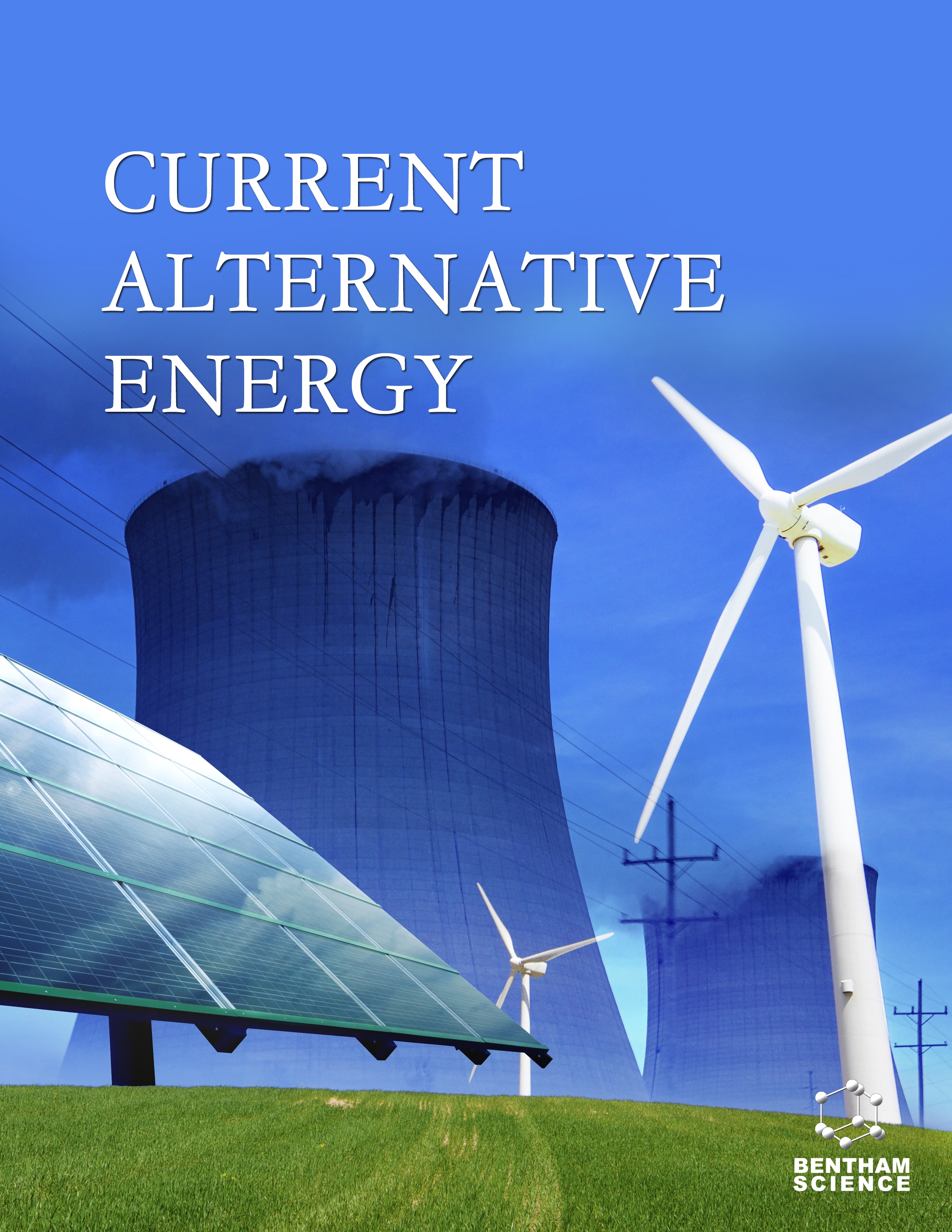- Home
- A-Z Publications
- Current Alternative Energy
- Issue Home
Current Alternative Energy - Current Issue
Volume 6, Issue 1, 2024
-
-
Determinants of Small and Rural Local Governments’ Renewable Energy Program Adoption in Cascadia
More LessAuthors: Brent Steven Steel, Erika Allen Wolters, Tamara Krawchenko and Sadaf FarooqAimThis study aimed to investigate the determinants of renewable energy policy adoption by small and rural local governments in Cascadia.BackgroundSmall and rural local governments currently face many ongoing and numerous new challenges that complicate their task of sustaining current public services and programs. How government officials adapt to these changes can affect the long-term viability of l Read More
-
-
-
E-Mobility Revolution: Examining the Types, Evolution, Government Policies and Future Perspective of Electric Vehicles
More LessAuthors: Saurabh Dhankhar, Vikram Sandhu and Tawfiqullah MuradiElectrification is a suitable method for establishing a transportation system that is both clean and energy-efficient, addressing environmental concerns. The transportation industry widely recognizes electric vehicles as a highly promising green technology that can reduce carbon emissions and energy consumption. Besides, electric vehicles are defined as vehicles that can be externally charged and propelled by an electric Read More
-
-
-
An Alternative Concept in Making Hybrid Flow Batteries into Dendrite-Free Full-Flow Batteries
More LessIn this study, the author proposes an alternative concept of using electrostatic force of cation-exchange resin to attract metal ions and nanoscale conductors onto the polymer matrix to conduct the electrons for the plating/stripping of the metal species. Due to the even distribution of the positively-charged functional groups inside the cation-exchange resin, metal formation can also be well distributed and safety issue caus Read More
-
Volumes & issues
Most Read This Month Most Read RSS feed
Article
content/journals/cae
Journal
10
5
false
en


